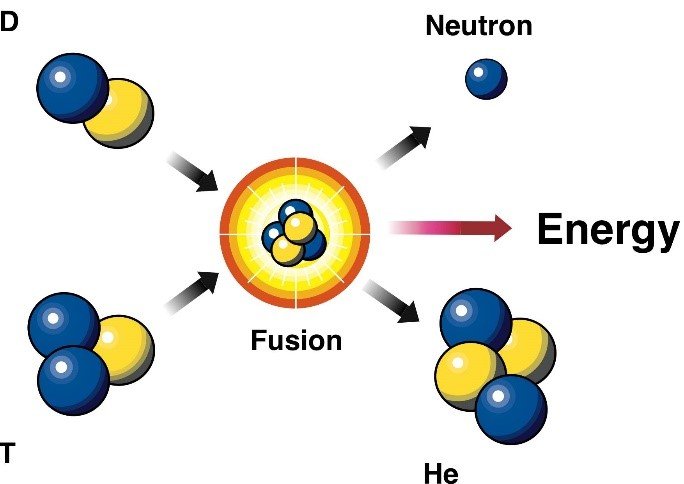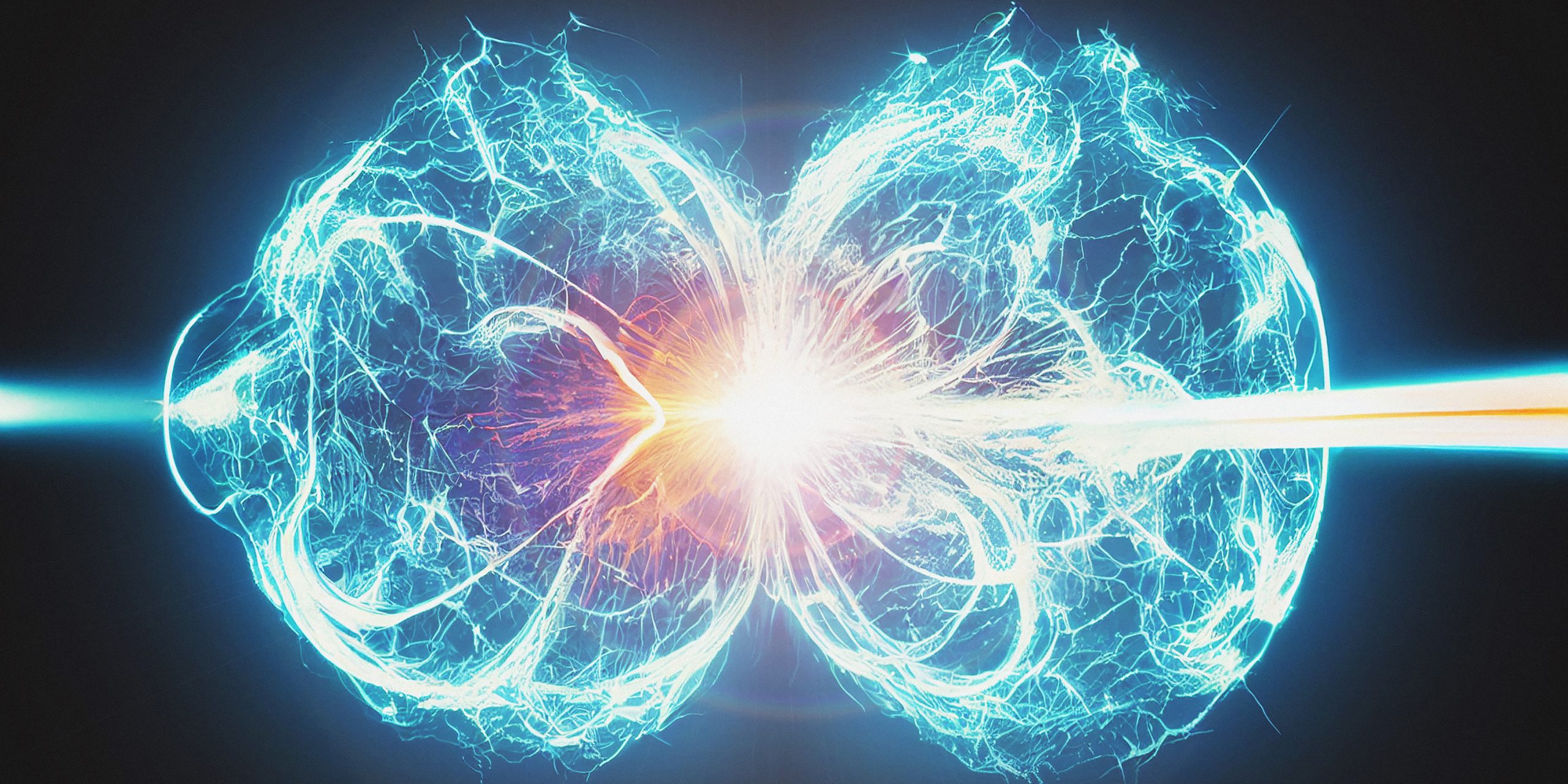Ayda Kulacoglu (10) | STAFF REPORTER
The quest for clean and sustainable energy has long been a topic of controversy and exploration. With concerns over environmental impact, resource scarcity, and climate change, researchers have tirelessly sought innovative alternatives to traditional energy sources. The pursuit of a cleaner and more efficient energy future remains a global imperative, driving advancements in technology and scientific understanding.
A recent breakthrough in the field of nuclear fusion– a method of energy production– is making the future of clean energy look much brighter, in all senses of the word. This medium involves the merging of atomic nuclei to release energy. In contrast to nuclear fission, the more commonly used process of nuclear energy production, where heavy atomic nuclei are split, fusion combines lighter nuclei such as hydrogen. One of the biggest challenges scientists have faced in achieving efficient nuclear fusion involves its demand for extreme heat and pressure to initiate the process.

A series of experiments conducted at the Lawrence Livermore National Laboratory in recent days marked a pivotal step forward in the development of nuclear fusion technology. This discovery represents a significant achievement as researchers successfully produced greater energy than they input into the process. In the experiments, researchers were able to generate 3.15 megajoules of energy whilst applying a mere 2.0 megajoules using powerful lasers– producing more than what they started with.
Fusion’s appeal further lies in the fact that it’s a clean energy source with low environmental impacts. While fission produces long-lived radioactive waste, fusion mitigates such concerns, presenting a more environmentally friendly alternative. The success at the Lawrence Livermore National Laboratory opens a pathway towards a future where fusion power could play a major role in transitioning society towards fossil-free energy systems.
Fusion further provides a more efficient way of energy production. In contrast to fission, fusion employs lighter atomic nuclei, such as hydrogen, which reduces safety risks and enhances resource abundance. Fusion energy also has the potential to result in lowered operational costs and a streamlined, safer overall energy production process. With its high surplus of energy, combined with its safer and cleaner processes and potential economic advantages, nuclear fusion could be the future of energy production globally.
Amidst global commitments to achieving net-zero emissions, the recent breakthrough in nuclear fusion holds significant promise. The potential for large-scale fusion power plants within 25 to 30 years, as suggested by experts, offers hope for a cleaner, more sustainable energy future. This breakthrough could substantially reduce our dependence on fossil fuels, addressing the urgent need for sustainable alternatives and significantly contributing to the global efforts to achieve net-zero emissions. This discovery further acts as a critical step towards addressing climate change through the advancement of cleaner and more efficient energy sources, truly establishing that fusion is the future.
This article was written in February 2024.



